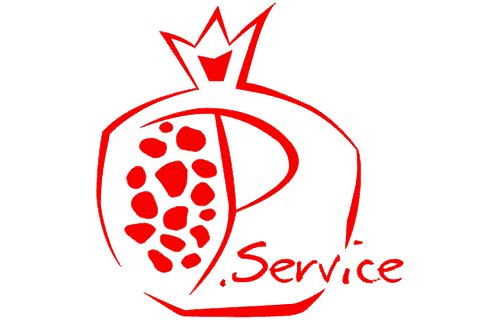- Igiene e sicurezza
- 0 likes
- 6972 views
The theme of waste disposal is getting more and more space not only between national media but also, fortunately, in the agendas of local, regional and government bodies. The subject is very wide and complicated, although it could be synthesized in a very simple assumption: any rejection, after being cataloged, is thrown into the container specifically identified to allow it to dispose of it as ecologically as possible. Before disposal, if it is dangerous, it must be handled in such a way as to make it as damaging as possible. Secondly, it should be re-used, recycled or recovered, optimizing collection, transport and disposal. This is not an exception to sanitary wastes, considered as a very important part of the special waste collection that corresponds to that part of waste from industrial, agricultural, commercial, health, public and private activities that is not part Of urban classification. All waste from public and private facilities performing research, diagnosis and / or care, rehabilitation, medical or veterinary prevention activities (DPR 254/2003, Article 2), waste Which should address and catalog in the appropriate containers the sanitation so as to favor the process until the final disposal step.
So WHAT ARE SANITARY WASTE AND HOW DO IT ARE CLASSIFIED?
Health waste is divided into:
NON-HAZARDOUS SANITARY WASTE
Unused rubbish, such as needles, syringes, blades and razors (Code CER 180101 and 180201).
Expired Drugs (Code CER 180105).
Waste chemical, veterinary or veterinary or related research activities, which are not hazardous or do not contain hazardous substances under European Directive 2001/118 / EC.
SANITARY WASTE SAVED TO URBAN WASTE
Glass, paper, plastic, metal, packaging.
Empty containers of medicines, veterinary medicines, disinfectant products, prefabricated veterinary medicines, premixes for medicated foods, off-label vaccines, foods and beverages, and infusion solutions.
Meals from kitchens of health facilities except those of patients infected with infectious diseases with pathologies communicable through these meals.
Normal rubbish.
Linen and disposable clothing.
HAZARDOUS SANITARY WASTES ARE NOT INFECTIVE RISK
Wastes from analysis and radiology laboratories, such as solvents, reagents, oils, asbestos, mercury.
HAZARDOUS RISK HAZARD WASTE
Sharp waste such as needles, syringes, blades, glasses, hands, pungent, veflon, razor heads and disposable scalpels (CER 180103 or 180202).
Waste from the conduct of research and bacteriological diagnostics.
Waste at the risk of infection as per Art. 2, paragraph 1, letter d) of Presidential Decree no. 254 CER 180103 or 180202 (among others, disposable material, used waxes, catheters, dressing materials such as gauze, patches and tampons, for full list click here).
SANITARY WASTE WHICH REQUIRES PARTICULAR MANAGEMENT SYSTEMS - May be dangerous at an infectious risk (Unrecognized anatomical organs and parts, small experimental animals CER 180103 or 180202).
Not dangerous (Medicines expired or unused CER codes 180109 or 180208).
WHAT ARE THE RULES WHICH REGULATE SANITARY WASTE AND THE OBLIGATIONS OF HEALTH STRUCTURES?
The Ronchi Decree n. 22/97 and subsequently the Dec.-lgs. n. 152/2006 e ss.mm.ii. Have changed not only the waste management model and transposed and coordinated three different European regulations on the subject, but has also helped to change the Italian mentality of anti-scratch, ecology and waste management.
The management of sanitary waste from public and private structures is governed by the Decree of the Ministry of the Environment n 219 of 26/6/2000.
In this case, it should be remembered that the Ronchi Decree establishes the obligation to adequately train the personnel of the healthcare facilities on the differentiated collection through training courses.
But not only.
Personnel must be informed and trained on the use of healthcare waste treatment technologies, drug and reagent procurement, and the use of hazardous products.
We will continue to deal with the issue of sanitation soon, with the article on waste disposal.
Stay Tuned!












